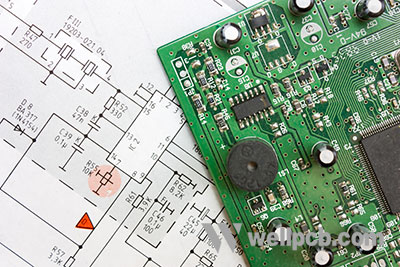Contents
Techniques For Designing a PCB
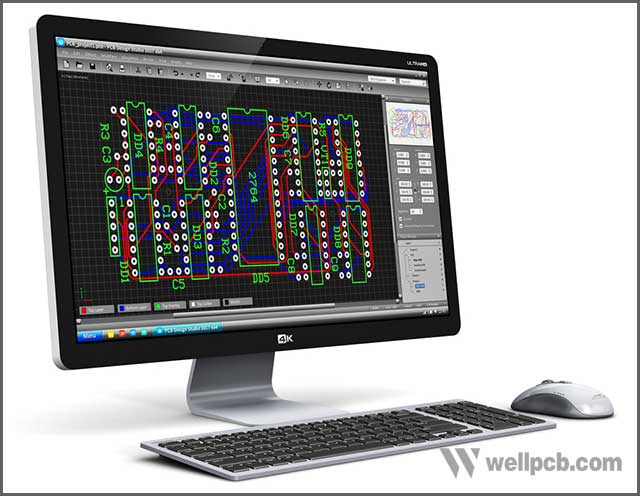
Circuit Boards Projects PCB design involves a systematic process with defined steps or phases. It is not just about putting some electrical components together; and it is far more than that. A simple design technique includes the following steps:
1. Capturing the design requirements
2. Securing the right components
3. Drawing trajectories that link the components together
4. Installation of each component according to design
5. Testing of the finished PCB
Common Problems Affecting Circuit Boards Projects
If the PCB is not designed using appropriate steps and methods, it will affect the quality and function of the PCB. Standardized measurements, clearances, and precautions must be followed; these can prevent circuit board failures.
Tracking three problems is usually found in PCB design; we must avoid:
A. Electromagnetic interference:
PCB prototype failure. And poor PCB design techniques have been implicated in PCB EMI problems. The following PCB design tips are necessary for reducing unwanted EMI in the circuit board:
1. The circuit board should be shielded with a metallic screen to reduce the amount of EMI coming from the external environment.
2. Bend PCB traces at an angle of 45 degrees to the PCB edge to prevent EMI propagation through the side.
3. Avoid microstrips, layer changes, and routing in fast signals.
4. Use strip-lines and let differential traces be at proximity.
5. Adopt controlled impedance that suppresses EMI and makes the line impedance match the source impedance.
6. Adopt matching grounding practices to prevent transmission line defects.
7. Use decoupling capacitors for the transmission of fast signals to reduce emissions.
8. Avoid using antennas as much as possible and position-sensitive components away from interfering signals.
B: Thermal management issues:
The heat dissipation problem can cause a lot of damage to the PCB or significantly hinder its performance. Find out the amount of power each component consumed because the energy consumed is usually corresponding to the amount of heat dissipated.
Pinpoint those components that release heat the most and evaluate their heat dissipation strategy. Use a fan or heat sinks to facilitate heat dissipation for powerful ingredients and locate delicate parts far away from them.
C. Signal integrity:
PCB design software packages with signal integrity assessment features to check signal integrity as you proceed with the design. The following tips will let you reduce signal integrity problems:
1. Ensure transmission lines have ground planes underneath them to avoid transmission line problems.
2. Adopt transmission line impedance that matches ground impedance to prevent a mismatch between the load transmitter’s impedance and the line.
3. Adopt proper grounding methods and avoid simultaneous switching of output lines.
4. Reduce mutual inductance and capacitance as much as possible to prevent crosstalk effects.
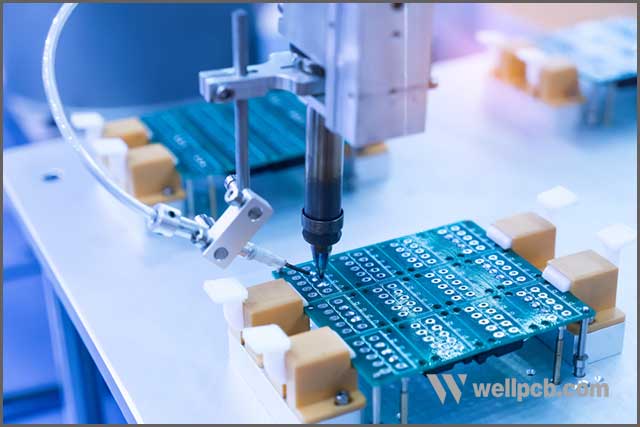
Circuit Boards Projects Components
Select the Circuit Board Projects components must be extra careful. You don’t want to use ingredients that you will struggle to get in the market when needed. Selected elements are easily replaceable and maintainable. For this, you must consider the component manufacturer’s reliability and the availability of selected components on the market. You also have to consider the cost of the parts and the cost of maintenance.
Even understand the materials used to make each part. The material used will affect factors such as the PCB’s strength, quality, durability, cost, moisture absorption capacity, maintenance cost, flame resistance, etc.
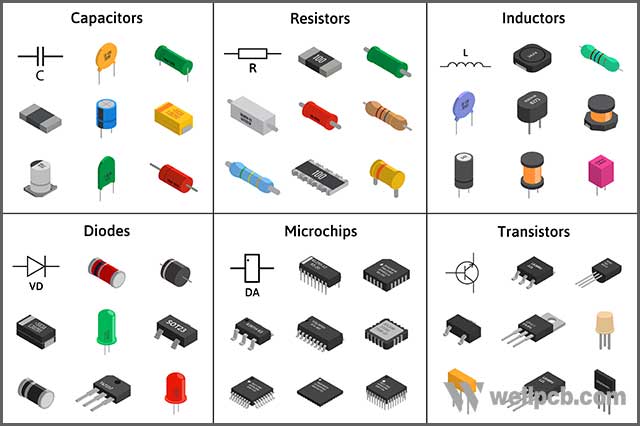
Dimensions of PCB Items
Each PCB manufacturer has its preferred PCB design specifications, including the preferred trace width and component spacing. Your responsibility is to find out what you need and base your search for a manufacturer on your requirements. If you don’t know what you need before consulting manufacturers, most of them will only propose what suits them instead of what suit your needs.
Good Welding Skills
Perfect welding or soldering skills are needed to make ideal circuit boards. PCB problems, such as short-circuiting, can be associated with soldering problems. The following tips will give you some of the information you need to for a perfect soldering process.
1. Solder small or less sensitive components before large or fragile components
It is smart to first solder the minor parts of the PCB before soldering the most significant elements. If you first solder the vital components, access to the small parts might be blocked, causing a soldering obstruction. Moreover, solder sensitive components at the end to prevent them from getting damaged when soldering less-sensitive components.
2. Ensure soldering iron tip is clean
You get a quality solder joint when your soldering iron tip is decent because it facilitates better heat conduction. Therefore, ensure you use a generous soldering iron tip. An excellent method to ensure this is to use a wet sponge to clean it.
3. Ensure the formation of solder joints
It is not uncommon to find missing solder connections in complex circuits. Confirm the presence of solder joints after soldering each component to avoid frustration at the end of your work.
4. Use heat sinks or fans for powerful components
Powerful ingredients produce a lot of heat, and you need to ensure adequate heat dissipation on the board. Use heat sinks or fans to facilitate heat dissipation and to connect wires of sensitive components.
Read our article, PCB Welding – Methods and Techniques on How to Reduce the Problems, to get all the information you will ever need for a successful PCB soldering process.
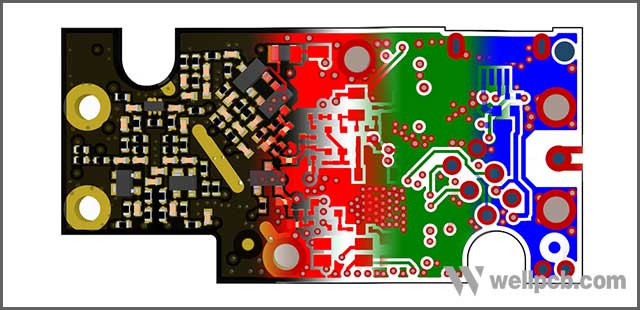
Circuit Boards Projects Files Produced
When you are developing a PCB layout, the file you work with is different from the one your manufacturer needs to do its job. That is, the data you edit is the one compatible with your CAD software (such as DipTrace). It is called Project Files. But it is mostly useless to the manufacturer in that format. What your manufacturer needs from you are Gerber files, and they are generally called Manufacturer Files.
Another Manufacturer File required by the manufacturer from you is the Drill file. It accounts for the position and dimensions of all holes that will pass through the PCB.
Now, each manufacturer has its Gerber file requirements, depending on the manufacturing equipment. Gerber file generation is one of the complicated steps in PCB design, and the process requires experience and expertise. Mistakes may lead to a production delay or a non-functional product.
Ask for specific instructions from your chosen manufacturer on the process of generating Gerber files and Drill files using recommended CAD tools. Afterward, the smart thing to do is use the recommended CAD software and follow the instructions to get the needed data.
Alternatively, you may find manufacturers that accept Project Files in their raw formats to avoid the complex Gerber file generation process. Such manufacturers generate Manufacturer Files themselves through some automated means.

Choose The Right Supplier For Your Circuit Boards Projects
The success of your circuit board projects depends on the effectiveness of your PCB manufacturer and component supplier. Choose a manufacturer capable of guiding you through the production process with total honesty and dedication to the Circuit Board Projects’ success. Make a research on manufacturer capabilities, proximity, and reliability.
Additionally, get your PCB components from a tested and trusted supplier. It is even advisable for you to choose a manufacturer and a component supplier base on recommendations from more experienced people in the industry.
Summary
No doubt, things that are more complicated than PCB manufacturing are not much, even for experts that have completed several circuit board projects. And to think that you are a beginner at this could be scary. But like you were assured at the beginning, don’t panic. The above tips will guide you to success.
Choose the right techniques, components, and manufacturer; use excellent welding skills and project files, and avoid the above stated common PCB problems. Peradventure you still need guidance, or you’re in search of a reliable PCB manufacturer for your circuit board projects, contact us today at WellPCB. We will be happy to help out.
